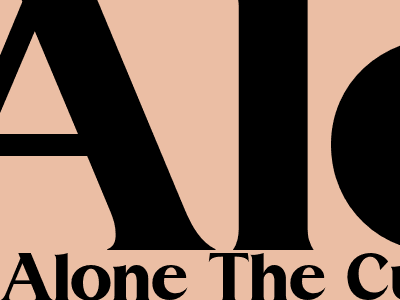Search Engine Optimization for Blogger: A Comprehensive Guide
Introduction
Search engine optimization (SEO) is crucial for increasing the visibility and traffic of your Blogger website. By optimizing your content and website structure, you can improve your ranking in search engine results pages (SERPs), making it easier for potential readers to find your content. This comprehensive guide will provide you with step-by-step instructions on how to optimize your Blogger blog for search engines and attract more organic traffic.
Keyword Research
Keyword research is the foundation of effective SEO. It involves identifying the terms and phrases that your target audience is searching for. Use keyword research tools like Google Keyword Planner or Ahrefs Keyword Explorer to find relevant keywords with high search volume and low competition. Focus on long-tail keywords, which are more specific and less competitive, to improve your chances of ranking on the first page of SERPs.
On-Page SEO
Content Optimization
Create high-quality, informative content that provides value to your readers. Use your target keywords naturally throughout your content, but avoid keyword stuffing. Optimize your title tags, meta descriptions, and header tags with relevant keywords. Keep your paragraphs concise and use subheadings (H2, H3, etc.) to break up your text and improve readability.
Image Optimization
Optimize your images by using descriptive file names and alt tags that include your target keywords. Compress your images to reduce their file size without sacrificing quality. Compressing your images reduces loading time, leading to potential ranking benefits. Avoid using stock images as they can dilute your content’s originality.
Internal Linking
Use internal linking to connect different pages on your blog and help search engines understand the structure of your website. Link to relevant content within your posts and pages, using anchor text that includes your target keywords. Internal linking helps distribute PageRank throughout your site, improving your overall SEO performance.
Off-Page SEO
Link Building
Backlinks from other websites are essential for improving your website's authority and ranking in SERPs. Reach out to other bloggers and websites in your niche and request backlinks to your content. Create high-quality content that is link-worthy and share it on social media to attract natural backlinks. Avoid buying backlinks, as it can harm your website's reputation and lead to penalties.
Social Media Marketing
Promote your blog content on social media platforms to increase its reach and visibility. Share your posts, interact with your followers, and run social media campaigns to drive traffic to your website. Social media engagement can also help build relationships with other bloggers and influencers, leading to potential backlinks and collaborations.
Outreach and Guest Posting
Reach out to other bloggers in your industry and offer to write guest posts on their websites. Guest posting allows you to tap into their audience and build backlinks to your own site. Look for blogs with high domain authority and relevant content to your niche. Make sure your guest posts are high-quality and provide value to the host blog's readers.
Technical SEO
Website Speed and Performance
Ensure that your website loads quickly and performs well on all devices. Use Google's PageSpeed Insights tool to test your website's speed and identify areas for improvement. Compress your images, minify your code, and enable browser caching to improve your website's loading time. A fast-loading website provides a better user experience and can improve your search engine ranking.
Mobile Responsiveness
Make sure your website is mobile-responsive and easy to navigate on smartphones and tablets. Use a responsive theme and optimize your images and content for mobile devices. Google prioritizes mobile-friendly websites in search results, so ensuring your website is mobile-responsive is crucial for SEO.
XML Sitemap
Create an XML sitemap to help search engines index your website's content more efficiently. An XML sitemap provides a list of all the important pages on your website, making it easier for search engine crawlers to discover and index your content. Submit your XML sitemap to Google Search Console to improve your website's visibility.
Monitoring and Analytics
Regularly monitor your website's performance using analytics tools like Google Analytics. Track key metrics such as organic traffic, keyword rankings, and bounce rates to identify areas for improvement. Use A/B testing to experiment with different SEO strategies and optimize your content for better results. Stay updated with the latest SEO trends and algorithm updates to ensure your website remains search engine-friendly.

Comments